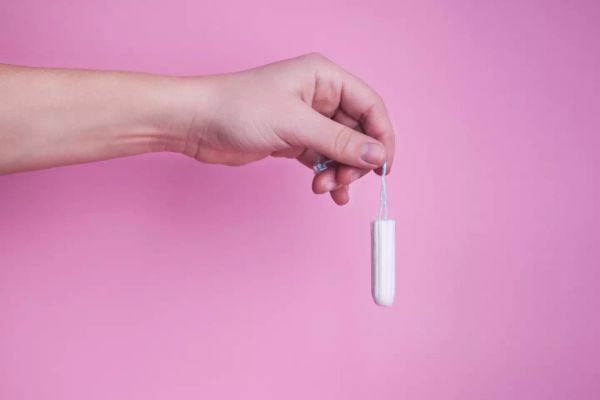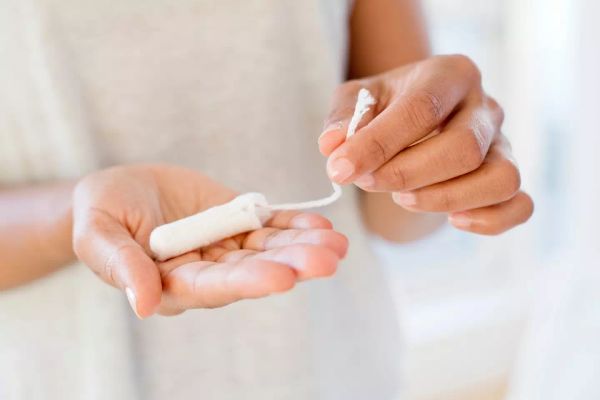An alarming study conducted at the University of California has revealed that women’s tampons contain a range of toxic chemicals that could potentially be fatal. The research, which involved examining 30 tampons from 14 different brands, identified a total of 16 metals inside these essential hygiene products.

This revelation has sparked significant concern within the health community, especially considering that between 52 and 86 percent of women surveyed reported regular tampon usage during menstruation.
Amongst the dangerous toxins discovered in the tampons were arsenic, lead, mercury, nickel, copper, and iron. Interestingly, the levels of each metal varied between different brands, with some tampons originating from the US, the UK, or Europe. Moreover, whether the products claimed to be organic or were sold under popular or supermarket brands also influenced the presence of metal traces. Surprisingly, tampons marketed as ‘organic’ had higher levels of arsenic compared to other products.

While the implications of these metals on women’s health are distressing, it is crucial to highlight that direct contact with the vagina can lead to deadly consequences due to the efficient absorption of these toxins. Metal absorption has been linked to an increased risk of dementia and various types of cancer in both men and women. Furthermore, these toxic chemicals can potentially harm the liver, kidneys, brain, and are even associated with diabetes. The intake of these dangerous substances has been known to damage the cardiovascular, nervous, and endocrine systems. Most heartbreakingly, metal exposure can result in infertility and harm to unborn babies.
Lead author of the study, Jenni Shearton, expressed her concern over the lack of research in this area: “Despite this huge potential for public health concerns, very little research has been conducted to measure chemicals in tampons. To our knowledge, this study is the first to measure metals in tampons. Shockingly, we found concentrations of all tested metals, including toxic metals like arsenic and lead.”

The question arises as to how these tampons become contaminated with these metals. It can happen through water, air, or soil contamination, or even deliberate adding of these substances by manufacturers. “I really hope that manufacturers will be required to test their products for metals, especially the toxic ones,” said Shearton while discussing the investigation. “It would be encouraging to see the public demand this or even call for better labeling on tampons and other menstrual products.”

This study reveals a concerning reality about the potential dangers associated with using tampons contaminated with toxic metals. Women deserve the right to make informed choices about their health and well-being. It is crucial for manufacturers to take steps to ensure the safety of their products by rigorously testing for toxic metals. With greater awareness and demand for transparency, we can protect the health of women everywhere.






